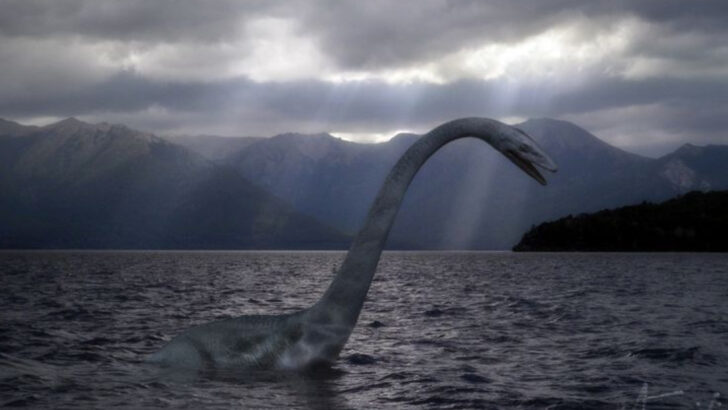Not every lake monster is a monster—sometimes it’s just a fish having a moment.
For years, boaters, divers, and curious locals have sworn they saw something moving beneath the surface. Massive shapes. Strange humps. Mysterious shadows that made the water feel suddenly… ancient.
Cue the sonar.
What once stirred legends has now sparked scientific curiosity. It turns out some of these so-called monsters are just ordinary fish—catfish the size of small cars, sturgeon looking prehistoric, or schools of fish moving like one massive beast.
This list dives into 14 lake “monsters” that sonar helped unmask. Some will make you laugh. Some might still give you goosebumps. Either way, you’ll never look at a quiet lake the same way again.
Loch Ness’s Giant Eel
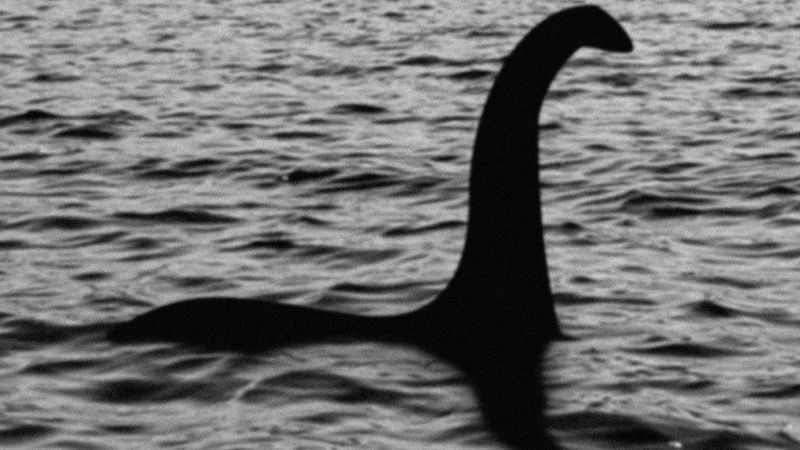
In the deep, dark waters of Loch Ness, the legend of a serpent-like creature has captivated imaginations for centuries. But what if this mythical beast was simply a giant eel?
Sonar surveys reveal elongated shapes, suggesting oversized versions of these slippery fish. Loch Ness, with its cold depths and hidden corners, provides the perfect habitat for such creatures to thrive unnoticed.
While skeptics abound, the giant eel theory offers a tangible explanation, blending folklore with marine biology. Could these elusive eels be the true monsters of Loch Ness? Perhaps science has finally met myth.
The Kraken of Crater Lake

Crater Lake in Oregon, renowned for its stunning clarity and deep blue hue, has long been associated with tales of a kraken-like creature. Advanced sonar imaging has demystified these tales, identifying the creature as a massive freshwater squid.
The unusual appearance of this squid has been the source of wild speculations and the myth of a lake kraken. Its large tentacles and elusive nature often lead to mistaken identity, especially given the lake’s unique environment.
Crater Lake’s volcanic origins provide a unique habitat for this squid, allowing it to grow and thrive. This enigmatic presence continues to captivate imaginations, adding a layer of intrigue to the lake’s natural beauty.
Ogopogo’s Burbot Enigma

Okanagan Lake’s “Ogopogo” has been part of native folklore long before settlers arrived. Sonar technology points to the burbot, a fish with a serpentine body, as a possible source of these tales.
Known for their eel-like appearance, burbots are masters of camouflage and can grow to impressive sizes. They lurk in the lake’s depths, rarely surfacing, which adds to their mystique.
With sonar mapping, the mystery of Ogopogo shifts from the supernatural to the natural, illustrating how ordinary creatures can inspire extraordinary stories.
The Flathead Lake Sturgeon
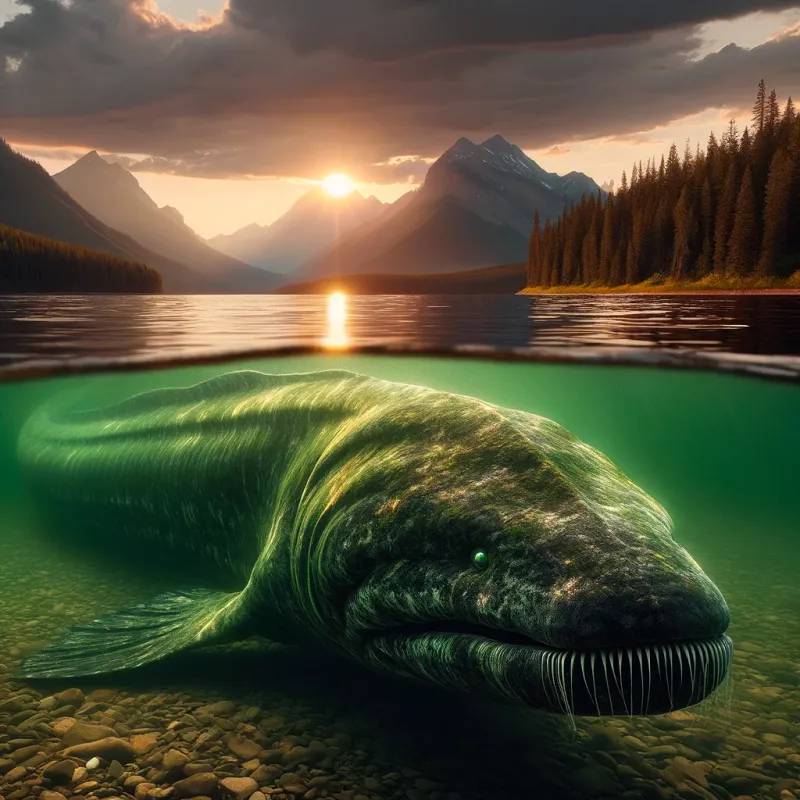
In Montana’s Flathead Lake, the sturgeon stands as a candidate for the lake monster legend. These ancient fish, with their bony plates and formidable size, have an almost prehistoric appearance.
They glide slowly along the lakebed, often mistaken for something mythical. Sonar technology captures their massive outlines, sparking intrigue among enthusiasts. Sturgeons can live for decades, growing steadily and often unseen by human eyes.
Their presence in Flathead Lake challenges our perceptions, blending legend with one of nature’s most resilient survivors.
Tahoe Tessie’s Trout Tale
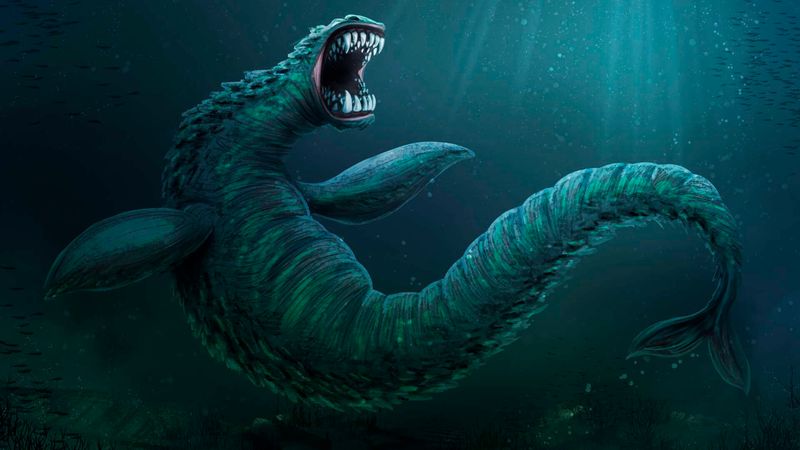
Lake Tahoe’s “Tessie” might just be a remarkable trout, rather than a monster. The lake’s pristine waters host an array of trout species, some growing to astonishing sizes.
Anglers have long whispered about giant shadows, mistaken for mythical beasts. Sonar scans reveal these large fish, lending credence to Tessie’s fishy tale. The clarity of Lake Tahoe allows for glimpses of these underwater giants.
As science demystifies the legend, the allure of Tessie persists, illustrating how even the most ordinary fish can capture the human imagination.
The Whitefish of Lake Erie’s Bessie

Lake Erie’s “Bessie” has sparked intrigue and fear alike. While traditionally painted as a monstrous serpent, some suggest these sightings are merely whitefish in large schools.
These fish, though unremarkable alone, can create a formidable presence en masse. Sonar scans highlight their synchronized movements, often mistaken for a single large entity.
The lake’s murky environment adds to the illusion, cloaking their true nature. As technology peels back layers of myth, the whitefish emerges as a possible explanation for Bessie, blending reality with legend beautifully.
The Lagarfljót Worm’s Pike
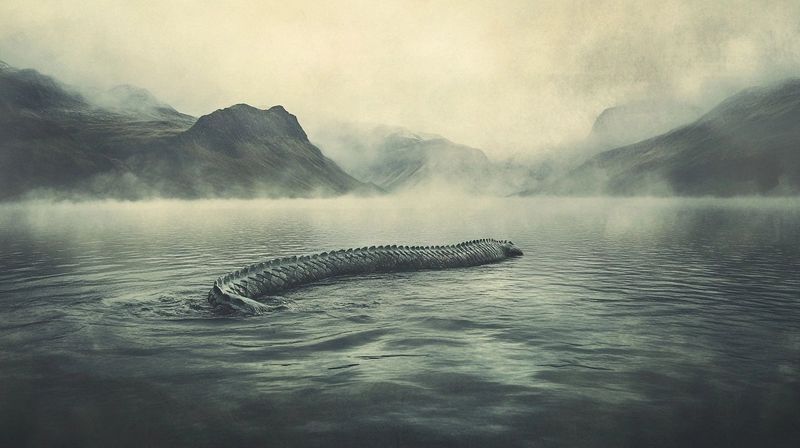
In the icy depths of Lagarfljót Lake, the “Worm” has slithered through Icelandic folklore. Sonar investigations propose that these tales stem from the pike, a fish with an elongated body and sharp features.
Pikes move with a sinuous grace, easily mistaken for mythical serpents. Their solitary nature and preference for hidden waters make them elusive and mysterious.
With sonar illuminating their presence, the legend of the Lagarfljót Worm may well be rooted in the natural habits of the cunning pike, intertwining myth and science.
Nahuelito’s Patagonian Perch
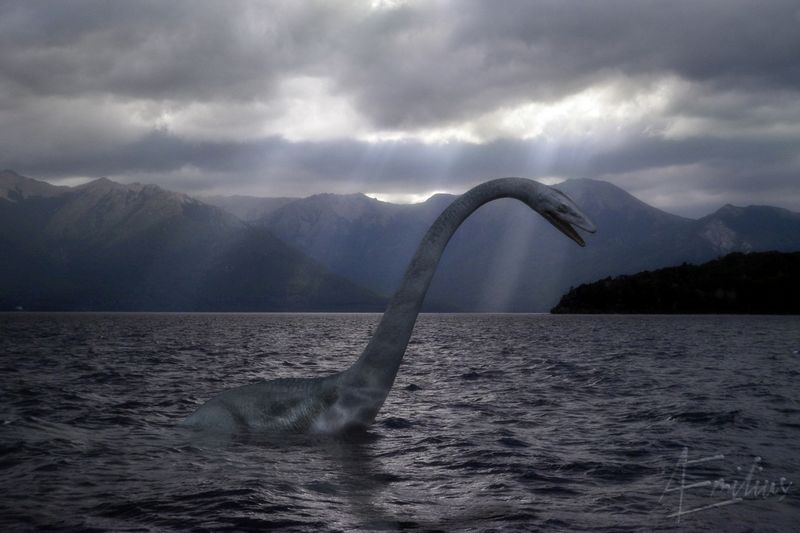
Amidst the stunning landscapes of Argentina’s Nahuel Huapi Lake, “Nahuelito” has fueled imaginations. Sonar studies suggest this legendary creature could be a sizeable Patagonian perch.
These fish are known for their impressive size and distinct shape, often mistaken for something supernatural. The lake’s vastness and depth provide ample hiding spots, nurturing both myth and reality.
As sonar continues to map these waters, the perch stands as a plausible candidate for Nahuelito’s identity, offering a glimpse into how natural wonders inspire fantastical tales.
The Phantom of Lake Van
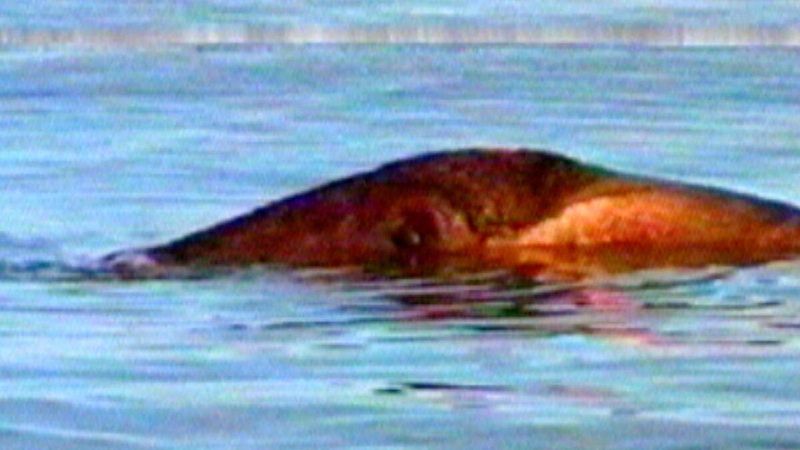
Lake Van in Turkey, steeped in history and mystery, has its own phantom lurking in the depths. Described by locals as a colossal creature, sonar technology has unveiled it to be a rather large catfish.
The dim lighting and shadowy waters of the lake contribute to the eerie, ghost-like appearance of this catfish. Its slow, languid movements often result in the illusion of a massive, unknown entity.
Catfish in Lake Van grow exceptionally large due to the nutrient-rich waters, but their phantom-like presence is more a trick of the environment than anything supernatural. This transformation from fish to phantom adds to the lake’s allure and mystery.
The Kelpie of Loch Morar
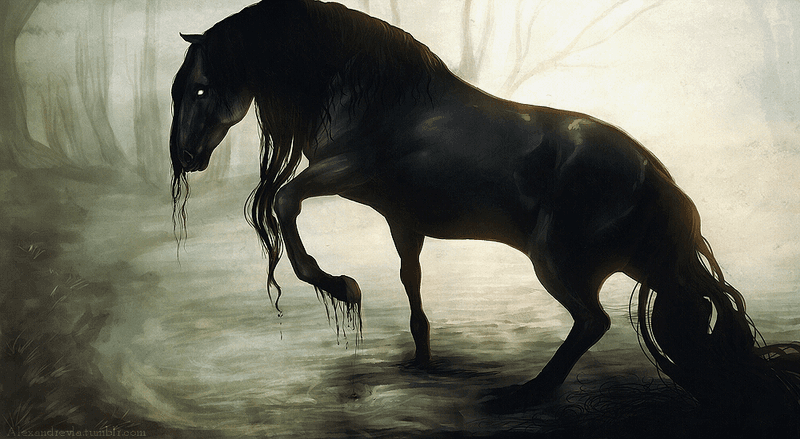
In the depths of Scotland’s Loch Morar, tales of the “Kelpie” have terrified and intrigued. Sonar surveys suggest these myths might be inspired by large fish with pronounced dorsal fins.
Loch Morar’s dark, deep waters create the perfect backdrop for such legends. The kelpie, often depicted as a water horse, might actually be a misunderstood aquatic resident.
As sonar probes these waters, the line between myth and reality blurs, offering insights into how folklore is born from nature’s most curious denizens.
The Carp Colossus of Lake Champlain
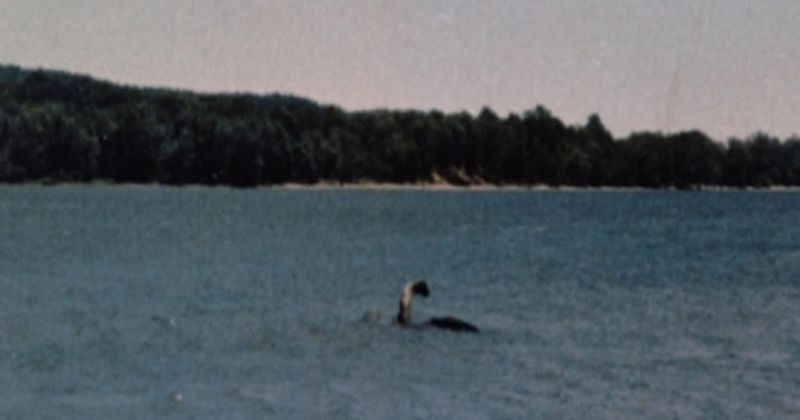
Have you ever wondered if that ripple in the water was more than just a fish? Lake Champlain, nestled between New York and Vermont, harbors tales of a creature known as Champ. Sonar scans, however, have often captured images of massive carp beneath the surface.
These fish, sometimes reaching sizes that inspire awe, have fueled legends for centuries. The carp’s formidable presence and unexpected girth make it a prime candidate for mistaken identity.
Interestingly, these carp aren’t just any ordinary fish. Their journeys across the lake bed have intrigued scientists and storytellers alike, intertwining myth with aquatic reality.
The Freshwater Shark of Lake Iliamna
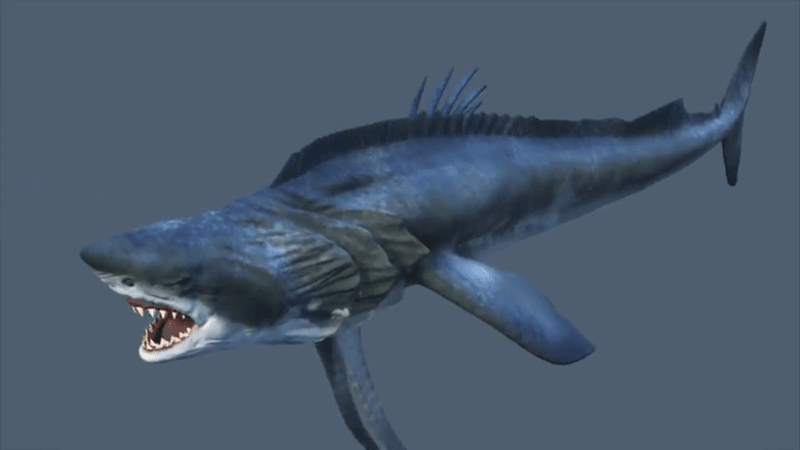
Alaska’s Lake Iliamna harbors tales of a lake monster, possibly a freshwater shark. Despite the lake’s icy temperatures, sonar has detected large, shark-like shapes.
These elusive creatures challenge our understanding of freshwater biology, sparking fascination and fear. Their rare sightings, coupled with vast, uncharted waters, fuel the legend.
As sonar continues to scan the depths, the possibility of a freshwater shark community grows, merging scientific curiosity with age-old storytelling. Could these shadows be the true “monsters” of Lake Iliamna?
Lake Superior’s Silver Serpent

What swims like a serpent but is made of silver? Many have reported a sinuous creature in Lake Superior, only to find that sonar reveals the elegant dance of whitefish.
These fish, moving in synchronized harmony, create illusions of a single, massive serpent. Their silvery scales catch the light, adding a hint of the supernatural to their graceful movements.
Their presence has sparked countless stories, blending the line between reality and folklore in this majestic lake.
Issie of Lake Ikeda

Lake Ikeda on Japan’s Kyushu Island harbors tales of Issie, a creature resembling a water dragon. First reported in the 1970s, Issie was described by locals as having a long neck and a scaly body.
Sonar investigations have revealed large, moving objects beneath the lake’s surface. These findings often coincide with the dimensions reported by eyewitnesses, hinting at the existence of large aquatic creatures.
However, further analysis suggests these sightings may actually be large, schooling fish like carp that, from a distance, appear dragon-like in form and movement.

